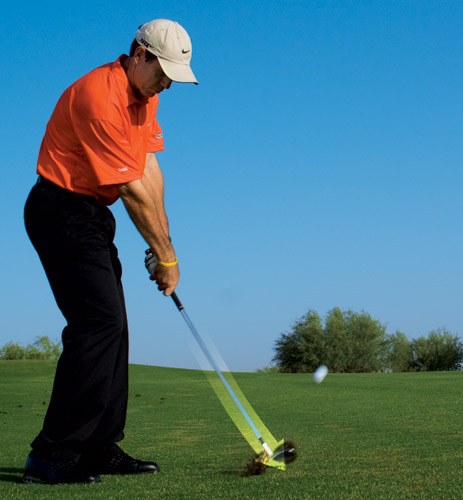Catching Beach Worms
So you have decided to head down to the beach for a spot of beach fishing. Time to target that bream, yellowtail, whiting or any of those other great fish!!! Now your usual process is to head down to the bait shop early morning and buy yourself some prawns as bait and off you go, but why not try something that may be a little more local. Sure you can find prawns around the area but why not try something a little different, another type of delicacy……. For the fish that is.
Almost all beaches are home to the humble beach worm, so here is a quick guide on how to save a bit of money and catch them yourself. But remember, it does take a little time to master and patience is the name of the game here.
When and Where to Go
- Head down to the beach at low tide but just before the tide is at its lowest. The best time to get there is about 2 hours before dead low tide; this will give you enough time to try to get a few beach worms.
- Try to go when there is as little wind as possible. When it's windy they will barely poke their head out of the sand so they are a lot harder to catch
- If you have a day that is a little overcast it will make it easier to spot the beach worms as there will be a little less glare.
- It will be easier for the beginner to catch beach worms at a beach with clean sand i.e. sand with a little shells through it as possible. Not to say it can't be done with shelly sand, but it will just make it that little bit easier for the beginner.
- Try finding an area of the beach that is not too populated by people. One, the sand worms can pick up the movement and two, you doesn't want to be a nuisance with your smelly bait.
What you need
- A stocking – buy one or take one of your wife's or girlfriends OLD ones (make sure it's the old one though, they can get pretty vicious if you ruin a new one, but I digress) to use to hold the bait and sweep it across the sand
- The Bait – some pilchards or fish heads and guts do the trick just nice. It's good if it is a bit smelly because it will attract.
- A stick – this is to give you a bit of distance from the bait while you are trying to locate the worms.
- Pliers – if you don't want to grab them with your fingers (but a bit of a soft touch is needed to make sure you don't just rip their heads off). You can get "worming pliers" from a tackle store which has a softer touch than normal pliers.
- A bait bucket – or something else you can put your newly caught bait into.
- Sunglasses – to reduce glare.
How to Do It
- First find your spot
- Fill the stocking with your bait. You can keep a little bit to use as "thumb bait" (a small piece of bait you will offer the worm) in a later step but the stocking full of bait works just as good. It's all up to personal preference.
- Attach the stocking full of bait to the end of your stick.
- Sweep (don't drop) the bag across the sand as a wave recedes to barley the water and you will notice a V shaped pattern cause by a worm poking its head out of the sand to check out what the smell is. Once you have found the worm keep your eye on the spot as the worm will go back into the sand as the next wave comes
- Walk softly to the spot (remember they will be able to sense your movement and not come out if you run towards them).
- Place your feet either side of where you spotted the worm, and place your bait (be it the bag of the "thumb bait" – but remember to keep you bag secured so it doesn't float away) above where the worm poked its head out. Do this as the wave washes over to give the worm a little bit of time to come up again.
- Let the worm grip the bait with its mouth, most times its pincer will get stuck to the stocking. The worm will arch its back to start taking the food back under ground; this is your time to react.
- Don't try to pull the worm out by pulling the bait further away, you run the risk of breaking the worm or having it just let go altogether.
- When the worms back starts to arch, place your free hand (or pliers) down into the sand and put your thumb and forefingers either side of the worm so you can just feel it. At this stage keep minimum pressure, patience is the key here.
Now the crucial part…
- As the worm hunches its head again, clamp your fingers around just below its head. You want to do this just before it reaches the top of its hunch (again patience and practise) to make sure you get the right spot, about a centimetre below its mouth.
- At this point the worm will realise what is going on and try to get back into its hole, wait until you feel it stop pulling down just slightly (you don't want to grip too hard here so you don't break the worm, but just hard enough. These are slippery little sucks so it takes a little bit of practise to get the pressure just right) and pull the worm gently and in one smooth motion straight up.
If you have done all this correctly, congratulations you caught a beach worm (and now have some bait)!!
Once you have a few in your bait bucket it's time to go fishing. Take your worms up to the dry sand and roll them around to cover them in dry sand (make sure you don't let any get away). Then wipe this off so it takes the slime off the worms, this will make them easier to put back onto the hook. Then fill your bait bucket with some damp sand and your freshly caught worms.
And now it's time to go to the beach and catch some bigger fish!!!


